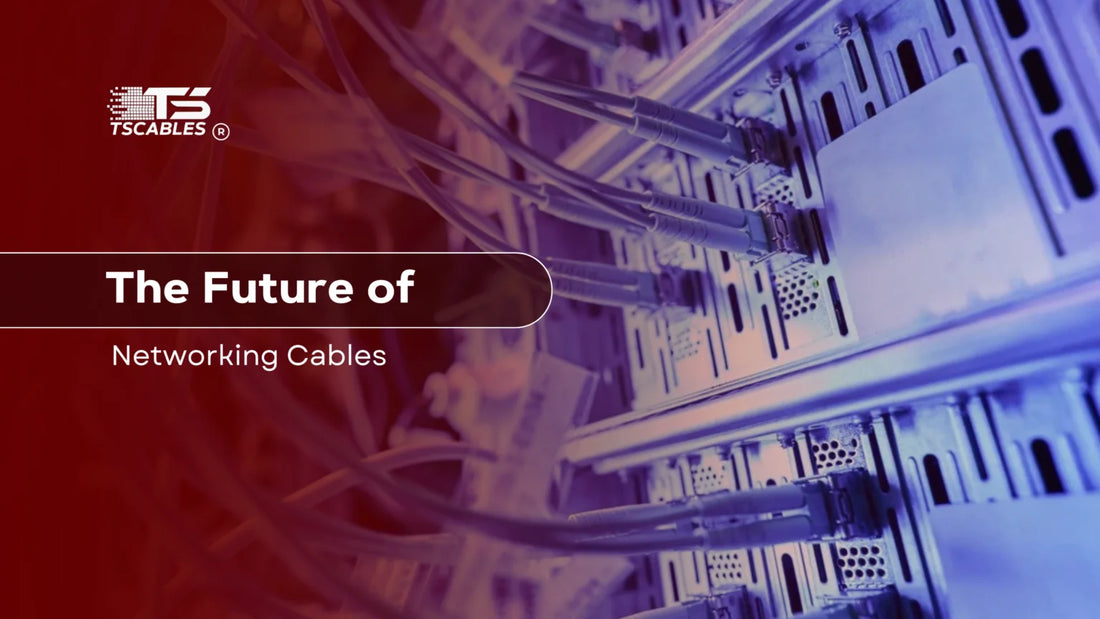Staying connected gets more important with every passing second. Networks aren’t just about speed anymore. They're about reliability, strength, and doing more with less. As technology races ahead, networking cables must keep up. That means better materials, smarter designs, and faster performance. The future isn’t waiting, and cables need to be ready.
From homes to businesses to factories, cables are the silent workers holding everything together. You might not see them, but you’ll feel it when they work or when they don’t. Let’s take a walk through what’s coming in 2025 and how TS Cables is leading the charge.
Before we jump into the big trends changing networking cables, let’s pause and set the stage. The demand for faster data, better protection, and smarter integration is louder than ever. Networks have more traffic, devices need stronger connections, and people want performance without hiccups.
Key Innovations in Networking Cables in 2025
It’s easy to overlook cables. They sit quietly behind desks, run through ceilings, and snake around routers. But their design, performance, and reliability have seen some serious upgrades. In 2025, innovations are shaping cables in ways that are changing how we think about networking altogether.
Higher Bandwidth Capacities
Cables now have to handle more data in less time. It’s not just about browsing anymore. There’s streaming in 4K, virtual reality, remote surgeries, and smart cities relying on fast, consistent data.
Networking cables have stepped up with support for higher frequencies and tighter specs. Cat6a and Cat8 cables now offer speeds that were once unthinkable for regular users. This means fewer delays, quicker uploads, and smoother downloads. Data moves faster and cleaner.
TS Cables delivers solutions that support high-speed Ethernet cables, meeting today’s and tomorrow’s bandwidth needs.
Advanced Shielding Techniques
Speed means nothing without stability. That’s where shielding steps in. Electromagnetic interference is a cable killer, and shielding keeps that noise out.
2025 brings new ways to block interference. We’re seeing better foil wraps, tighter braiding, and fresh materials that protect signals. With devices packed closer than ever, this matters.
TS Cables uses shielded Cat6a cables to help data travel with fewer interruptions. That means smoother calls, quicker transfers, and fewer dropped connections. Shielding doesn’t get the spotlight, but it’s doing the heavy lifting.
Sustainable Materials and Eco-Friendly Manufacturing
Wasting resources isn’t smart business anymore. More companies want to cut waste, use fewer harmful materials, and build things that last. Networking cables are no different.
Manufacturers now use recycled plastics, lower-emission processes, and biodegradable packaging. It’s a quiet change, but an important one. Less waste in production. Fewer chemicals in disposal. And longer-lasting products.
TS Cables takes pride in offering eco-friendly Ethernet cables that support green goals without cutting corners. Better for the planet and still built to last.
Integration with Smart Technologies
“Smart” used to mean phones and TVs. Now it’s everything, such as lightbulbs, refrigerators, traffic systems. And every smart device needs a reliable cable behind the scenes.
2025 cables are designed with these gadgets in mind. They support faster protocols, more power delivery, and low-latency communication. It’s not about adding cables. It’s about upgrading the ones you have to do more.
TS Cables includes options like PoE Cat6 cables for easy integration into smart networks. Just plug, play, and let them run your world in the background.
Enhanced Durability and Flexibility
A stiff cable might as well be a coat hanger in tight spaces. And one that cracks after a year is just a waste. That’s why flexibility and strength are front and center in 2025.
New materials let cables bend without breaking. Better sheaths resist wear, temperature swings, and even rodents. Flexible, strong, and ready for real-world use.
TS Cables provides rugged networking cables that handle harsh setups, whether it’s an office corner, a ceiling crawlspace, or a warehouse floor.
Now that we’ve explored the advancements in standard cables, let’s look at a heavy hitter that's leading the pack in speed and reliability.
Fiber Optic Cables: Their Role in Modern Networks
Fiber optics aren’t just for tech giants anymore. They’re making their way into homes, schools, and small offices. With more people depending on cloud storage, remote access, and high-speed connections, fiber isn’t a luxury, it’s becoming a must-have.
Why Are They a Popular Choice?
These cables use light to send signals. That means less noise, longer distances, and faster speeds. There’s no slowdown, even with high use. You get steady, high-speed access that doesn’t blink when things get busy.
TS Cables offers fiber optic networking cables that deliver performance without headaches. They’re ready to handle your bandwidth needs now and well into the future.
Future Outlook: What Lies Ahead?
What happens next? One thing is sure: cables will keep evolving. They’ll be smarter, faster, stronger and maybe even invisible someday. Research labs are already testing ultra-thin fibers, self-healing insulation, and materials that react to heat and pressure.
Here’s what we might see soon:
- More AI-managed cabling systems that diagnose faults on their own
- Self-cooling sheaths that prevent heat damage
- Fully biodegradable cable jackets for green installs
- Plug-and-play upgrades that eliminate downtime
None of these are pipe dreams. They’re on the drawing board—or already in testing.
TS Cables is staying ahead by tracking these trends and offering next-gen Ethernet solutions as soon as they’re ready for the real world.
Final Thoughts
Cables don’t shout for attention. But in 2025, they’ve got plenty to say. From faster speeds to smarter builds, they’re changing fast and for the better.
Need the right cable for today with the strength to handle tomorrow? TS Cables has you covered. Trust a name that’s been building smart, strong, and reliable solutions from the start.
FAQs
What is the most common cable used for high-speed internet in 2025?
Cat6a and Cat8 are widely used for their high frequency support and fast data transfer abilities.
Are fiber optic cables better than copper cables?
Fiber optic cables offer faster speeds and longer distances, but copper is still reliable for shorter runs.
Do shielded cables work better in noisy environments?
Yes, shielded cables reduce signal interference, making them ideal for areas with lots of electrical noise.
Can I use eco-friendly cables without sacrificing performance?
Yes, many eco-friendly cables now offer the same performance as traditional ones with less environmental impact.
Is PoE useful for home networks?
PoE (Power over Ethernet) is great for powering devices like cameras or access points without extra wiring.






